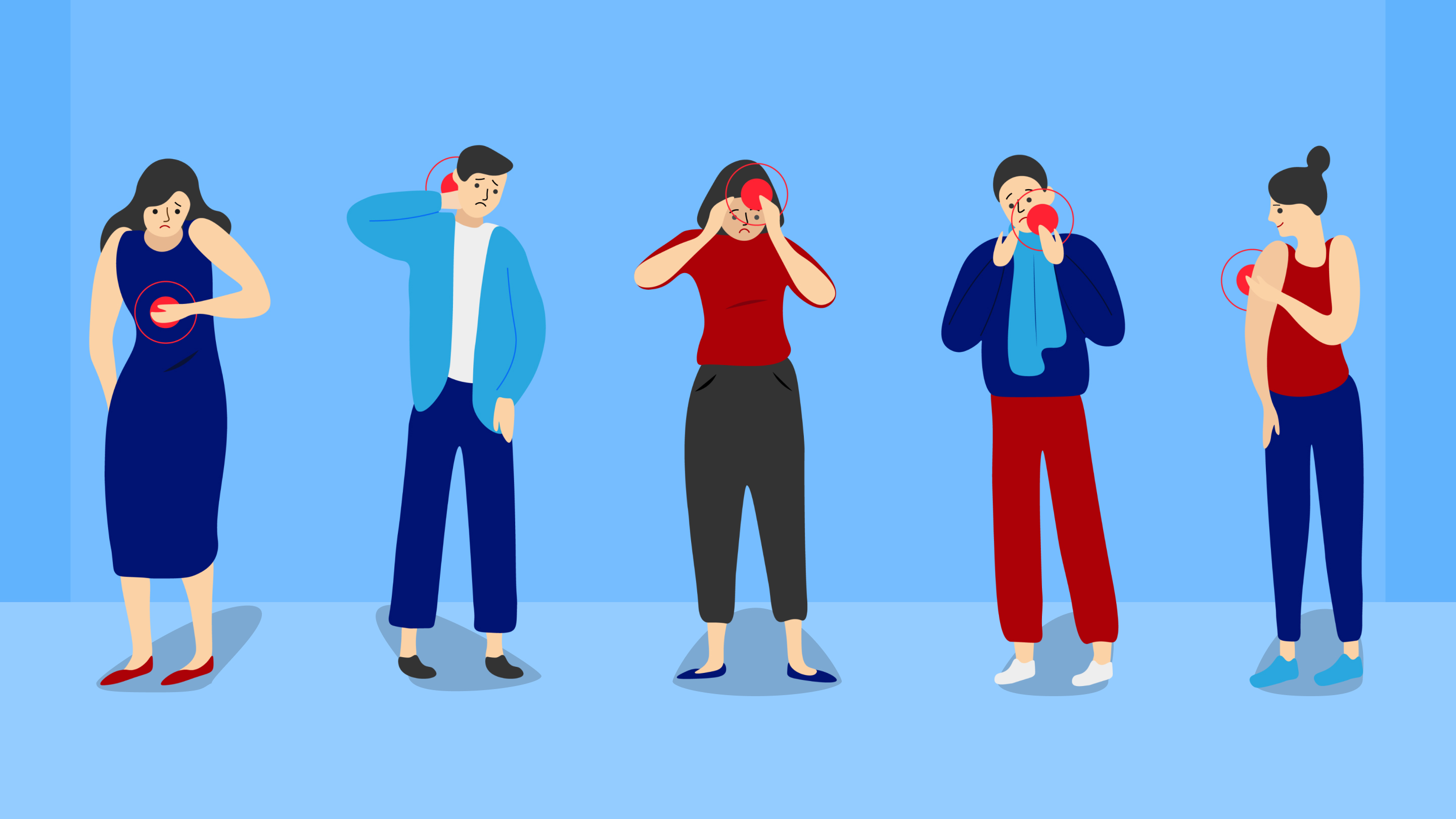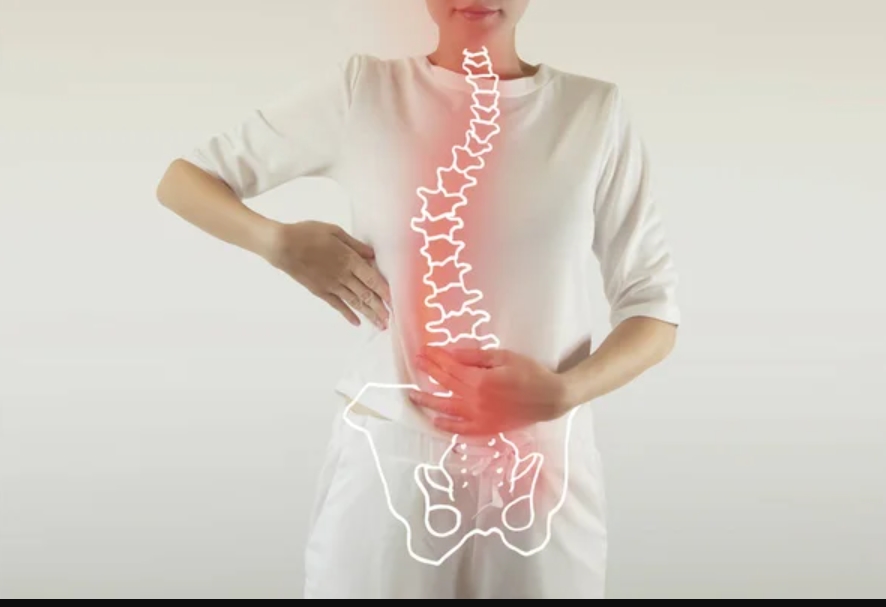Precise Scoliosis Diagnosis For Optimal Patient Care
Published on December 13, 2023
The accurate diagnosis and assessment of scoliosis, facilitated by advanced imaging techniques, enable us to identify the specific nuances of the condition. It is crucial for us to proactively address and manage scoliosis effectively, tailoring treatment plans to optimize your overall well-being and promote a healthier, more active life.
Different Diagnostic And Assessment Methods
To gain a comprehensive understanding of scoliosis, let’s delve into the different diagnostic and assessment methods used in determining the condition.
Cobb Method

The Cobb method is a standard radiographic technique used to measure the angle of spinal curvature in scoliosis. This method involves identifying the most tilted vertebrae at the apex of the curve and the vertebrae at the opposing end. Lines are drawn along the endplates of these vertebrae, and the angle formed by the intersection of these lines is measured.
Here’s a breakdown of the key components of the Cobb method:
- Identification Of Vertebrae: The process begins by identifying the most tilted vertebra at the apex of the curve and the vertebra at the opposing end. These two vertebrae serve as reference points for measuring the angle of curvature.
- Line Drawing: Once the key vertebrae are identified, lines are drawn along the endplates of these vertebrae. These lines represent the extent of the spinal curvature.
- Angle Measurement: The angle formed by the intersection of the lines drawn along the endplates is measured. This angle, known as the Cobb angle, quantifies the severity of the spinal curvature. The Cobb angle is typically measured in degrees.
- Severity Classification: Based on the measured Cobb angle, scoliosis is classified into different degrees of severity. Common classifications include mild (10-25 degrees), moderate (25-40 degrees), and severe (greater than 40 degrees).
Adams Test

The Adams Test is a clinical examination used to assess the presence of scoliosis.
Procedure:
- Preparation: The individual being tested is usually asked to stand barefoot on a flat surface, with their feet shoulder-width apart.
- Positioning: The examiner stands behind or in front of the individual and observes their back.
- Forward Bend: The individual is then asked to bend forward at the waist with their hands together toward the floor, allowing the spine to flex.
- Observation: While the individual is bent forward, the examiner observes the back for any asymmetry, irregularities, or prominence in the ribs, shoulder blades, or the spine itself.
- Note Of Abnormalities: Any asymmetry or abnormalities noted during the forward bend may indicate the presence of scoliosis. The examiner checks for the presence of a hump or rib prominence on one side of the back, which may suggest a lateral curvature of the spine.
- Measurement Of The Rib Hump: In some cases, the examiner may use a scoliometer, a tool that measures the degree of trunk rotation, to quantify the rib hump and assess the severity of the curvature.
Interpretation: A positive Adams test suggests the possibility of scoliosis, but it is not a definitive diagnosis. Further evaluation, often including imaging studies such as X-rays, is typically required for a more accurate assessment of the spinal curvature.
Risser Grading
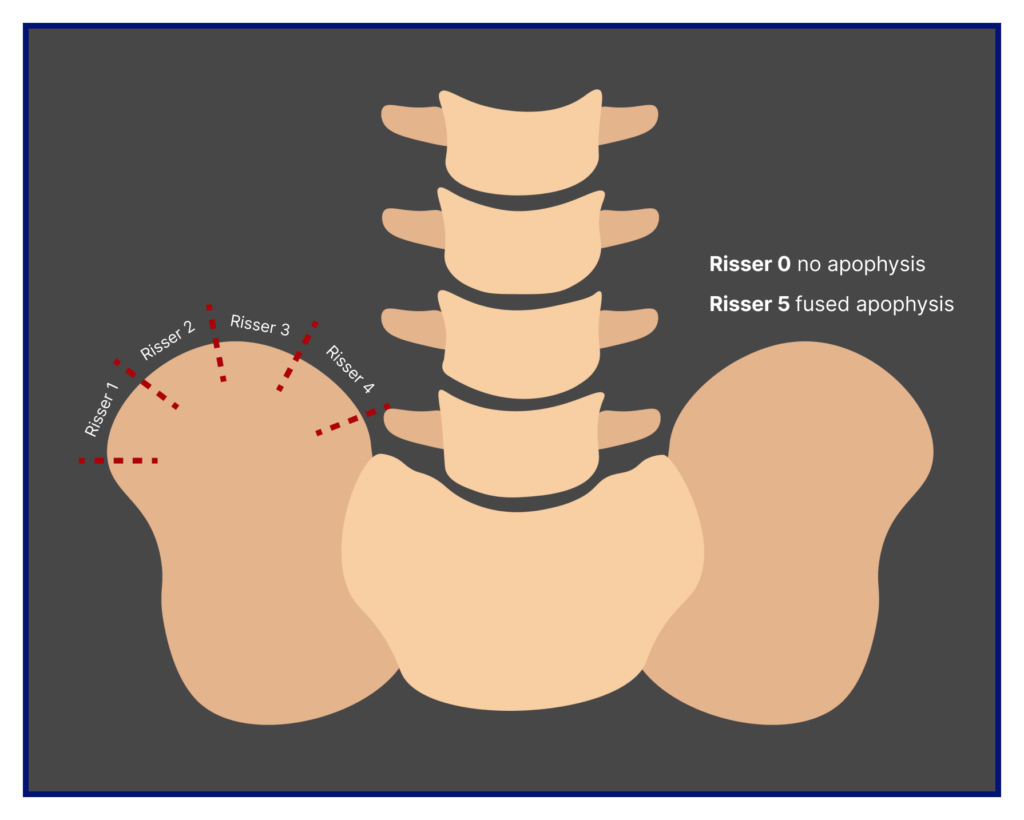
The Risser sign is typically graded on a scale from 0 to 5, with each grade indicating a different level of skeletal maturation.
Risser Grades
- Grade 0: The iliac apophysis has not yet ossified, indicating that skeletal growth is still in progress.
- Grade 1: Ossification begins, and a small portion (approximately 25%) of the iliac apophysis is ossified.
- Grade 2: Ossification extends to approximately 50% of the apophysis.
- Grade 3: Ossification covers around 75% of the apophysis.
- Grade 4: Ossification encompasses approximately 100%, but the apophysis is still open at its lateral edge.
- Grade 5: Full ossification is complete, and the iliac apophysis is closed. Skeletal growth has ceased.
In the clinical context of scoliosis, the Risser sign serves as a pivotal tool for healthcare professionals, particularly orthopedic surgeons, and pediatricians, enabling the assessment of a patient’s skeletal maturity. This information plays a critical role in predicting the potential for further growth and, consequently, forecasting the progression of spinal curvature. The Risser sign’s significance extends beyond diagnosis, aiding in informed treatment planning decisions.
Healthcare practitioners utilize this sign to determine the optimal timing for interventions, such as bracing or surgery. For instance, if a patient exhibits a lower Risser grade, indicating significant skeletal growth remaining, interventions may be strategically implemented to control or slow down the progression of scoliosis during the remaining growth period. Additionally, the Risser sign is instrumental in monitoring a patient’s progress over time, providing ongoing insights into skeletal maturation and growth potential.
Elements Related To The Manifestation And Diagnosis Of Scoliosis
The elements below are distinctive features that characterize the spinal condition. Understanding these elements is crucial in the comprehensive evaluation and management of individuals affected by this spinal disorder.
Lateral Bend
Scoliosis manifests as a lateral, or side-to-side, curvature of the spine. This deviation from the spine’s normal straight alignment can occur in various regions, including the cervical (neck), thoracic (mid-back), or lumbar (lower back) spine.
Rotation
In addition to the lateral curvature, scoliosis involves a rotational component, where the vertebrae twist around the spine’s axis. This rotation contributes to the three-dimensional nature of the deformity, making it more complex than a simple lateral bend.
Criteria
Scoliosis is typically diagnosed when the lateral bend with rotation measures greater than 10 degrees using the Cobb method. The severity of scoliosis is further classified into mild (10-25 degrees), moderate (25-40 degrees), and severe (greater than 40 degrees).
Experience Scoliosis Care Like Never Before
At Highlands Family Chiropractic, we are dedicated to guiding you through every stage of your scoliosis journey, from initial diagnosis to the effective management of scoliosis. Our chiropractic services are designed to provide personalized care, focusing on spinal health and overall well-being. Trust us to be your partner in achieving a more comfortable and balanced life with our expertise, experience, and compassionate approach to scoliosis care.
Discover how our specialized scoliosis care can support you on your journey. Click here to learn more and take the first step towards a healthier, more balanced life.
Recent
-
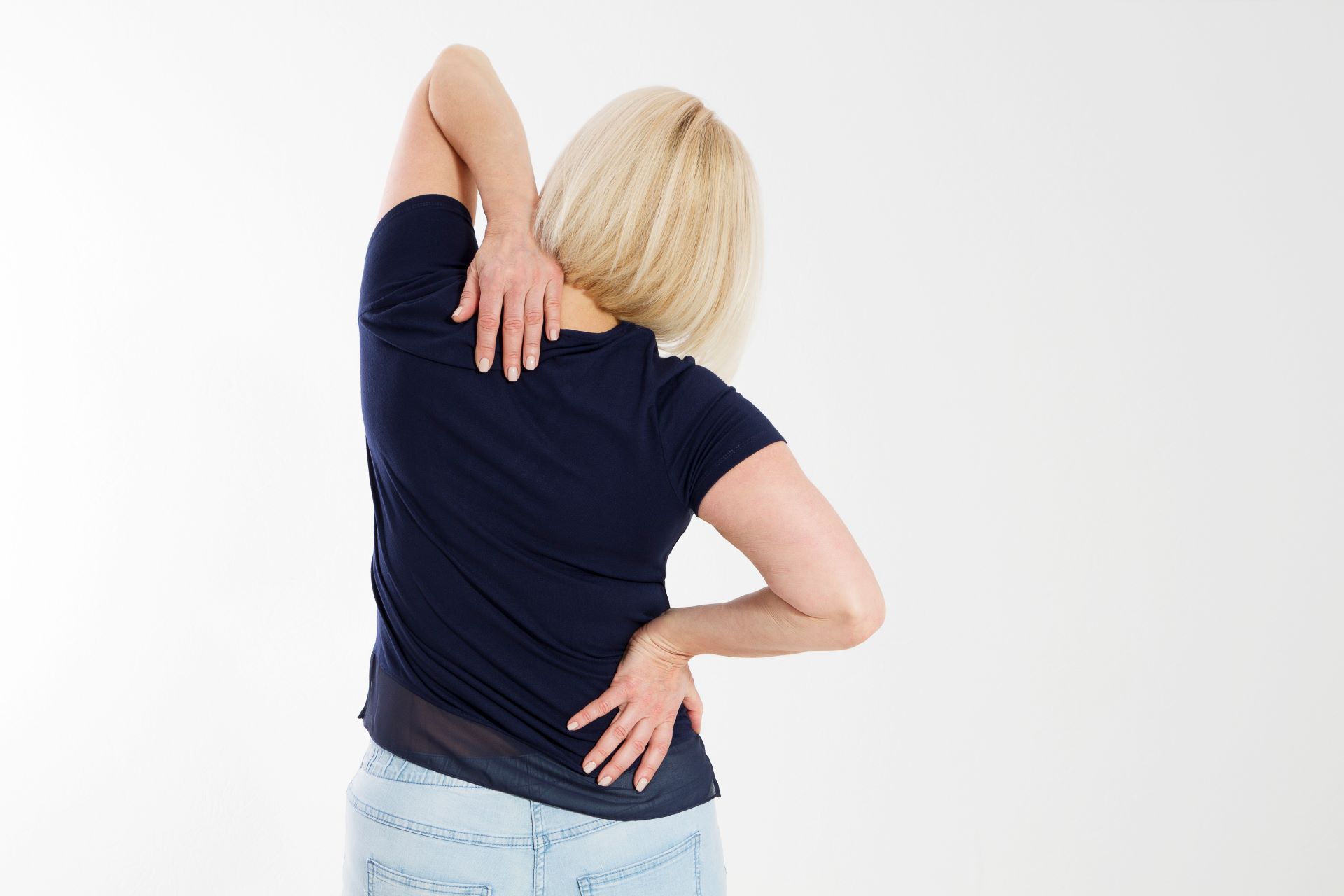 Whiplash: the Invisible Injury
Whiplash: the Invisible Injury2023 December
-
 When to See a Back Pain Specialist
When to See a Back Pain Specialist2023 December
-
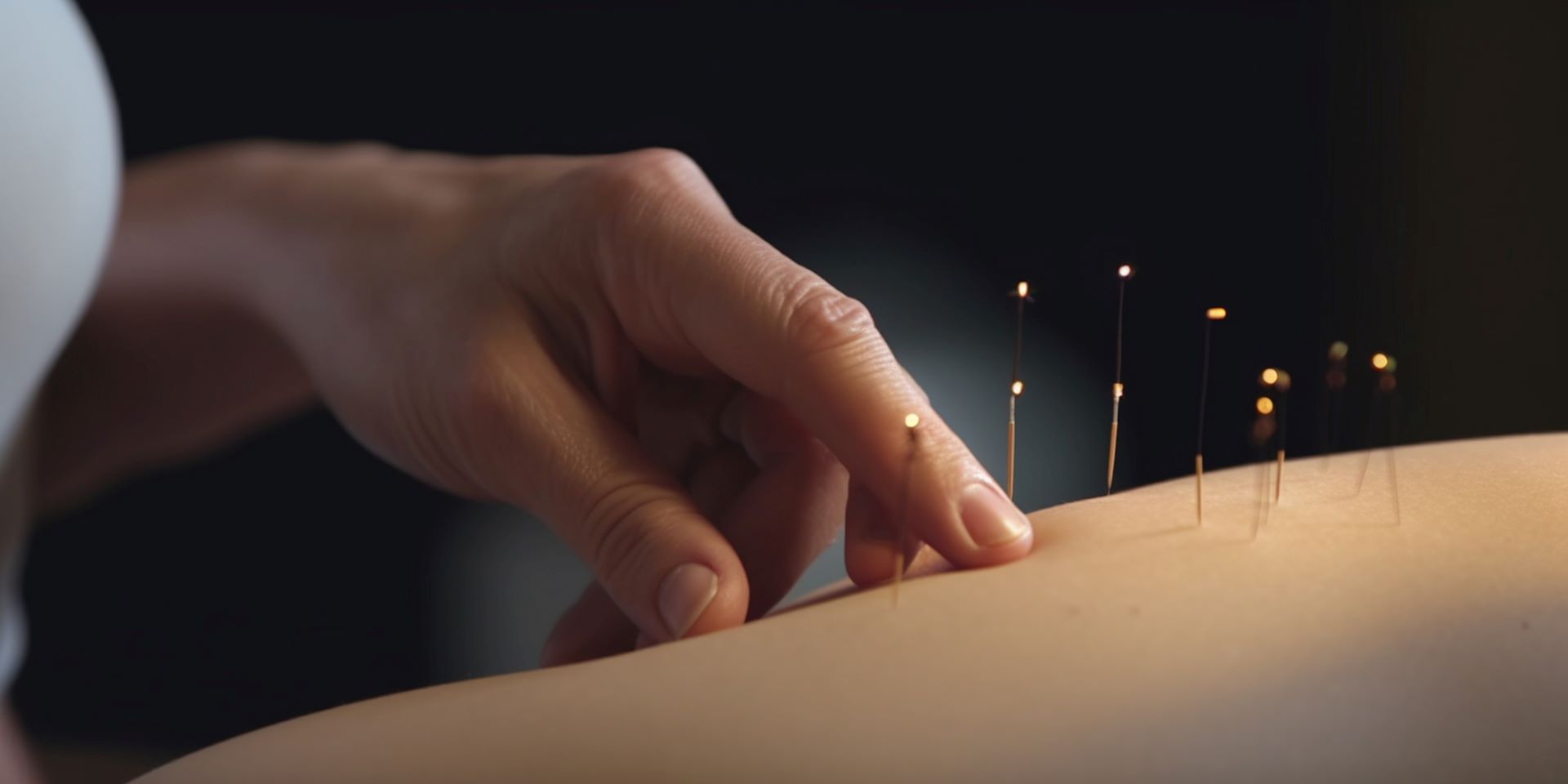 What is Dry Needling?
What is Dry Needling?2023 December
Follow
Schedule Your Appointment Today
Contact us today to book a free 15-minute consultation with our Chiropractor in Highlands Ranch! We look forward to getting you on the path to optimal health and wellness.

